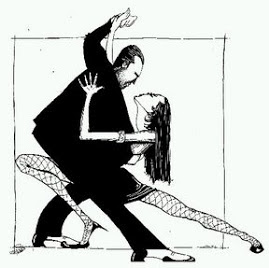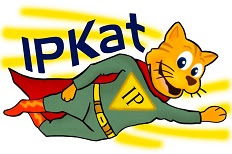 The Brazilian Fourth Chamber of the Superior Court of Justice (STJ) ruled against an educational institution to pay $ 20,000 in damages to a literature professor in Brasilia, due to improper posting of educational materials on the Internet.
The Brazilian Fourth Chamber of the Superior Court of Justice (STJ) ruled against an educational institution to pay $ 20,000 in damages to a literature professor in Brasilia, due to improper posting of educational materials on the Internet.
What are colleagues for?
The applicant to the case, a Brazilian teacher, lent ‘his’ book to a colleague at another institution for consultation [no harm in there]. However, the applicant was surprised to see the content of his book on his colleague’s Institution’s website with no clear identification that he was the author.
The ministers of the Fourth Class, following the vote of the rapporteur, Elizabeth Gallotti considered that, although there was no bad faith the Institution failed to check authenticity, authorship and content of publications.
The claimant and author of the book claimed that the book was not even disclosed to students at the school he works for fear of plagiarism and because he wanted to publish it in the future. He argued that the book was lent for reference purposes only and was surprised to see his work at the website of another institution. His goal was to make profits on the sale of the book value at $ 80 a piece, and thus, he asked for $ 32,000 for property damage, such as repairing the loss of profit and moral damage.
The educational institution – the defendant’s employer
The Institution responsible for the site where the material was published argued that they usually provide their students with all content taught in class through its website. Yet, it did not know that the teacher in question (the defendant) was not allowed to use the aforementioned book on the course taught at its Institution.
The minister Isabel Gallotti said that under the current Civil Code -Art 932 and 933, which is the one to be applicable in this case "prescribes strict liability of employers for the acts of its employees and agents." In other words, employers are vicariously liable for the acts of employees during the course of their employment . She stressed that the responsibility is born from the prejudicial conduct against the teacher (claimant and author in the case). Additionally, she pointed out that the institution has somehow benefited by the disclosure of the material, regardless of their good faith.
The author's work has been made available without his consent, without clear indication of his authorship and therefore according to the Fourth Class of the STJ, the moral damage morale is evident-- the frustration of not conserving his unpublished work and publishing at a time that suits him. According to Article 24 of Law 9610/98, which governs copyright, the authors can claim at any time the authorship of the work.
However, note that the STJ denied the claim for compensation. The reason being that, according to the STJ, to award compensation, it is necessary to demonstrate actual damage to property, not enough to claim damages based on alleged future plans. [ouch!] 
Case No REsp 1201340.
Wednesday 16 November 2011
Educational materials on the network - Don't bite off more than you can chew
Post a Comment












